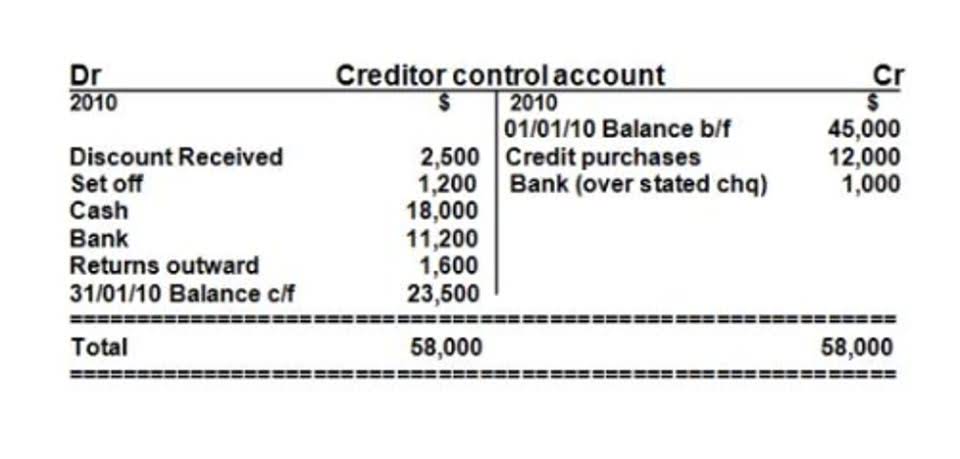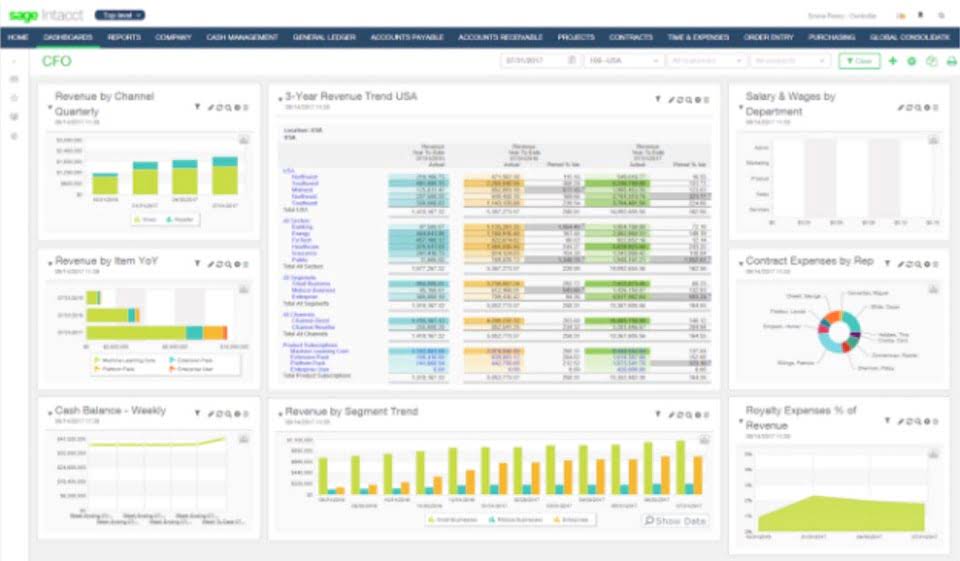The transaction permits the borrower to have cash today instead of waiting for the payment terms to be settled in the future. Accounts receivable (A/R) factoring, often referred to as invoice discounting, is a type of short-term debt financing used by some business borrowers. The transaction takes place between a business (the borrower) and a lender (often a factoring company as opposed to a traditional commercial bank). While not mandatory, selecting a factoring company with industry specialization can provide additional advantages.
- Once you sell receivables to a factor, it is up to your customers to pay back the receivable to the factor.
- If you max out your line of credit you no longer have cash flexibility, all business assets are usually pledged and you now have a fixed monthly payment to reduce the line balance.
- They should regularly update the factor on any changes in customer payment behavior or any issues that may affect the collection process.
- Even companies that focus on cash management strategies sometimes need an influx of cash — and, for some of them, invoice factoring can be a good solution.
- When you work with a company like UCS, your customers won’t even know you sold the invoice.
What Is Accounts Receivable Financing? Definition and Structuring
Essentially, lending looks in the rear-view mirror, factoring looks ahead through the windshield. This allows factors to be nimble in providing the working capital necessary to sustain high growth. Credit cards and lines of credit are another way to deal with bridging the purchase-payment gap. In the next discussion, I will touch on these options, and how your business could http://www.shaheedoniran.org/english/sources/reported-cases/2012-report-supplement/ utilize these tools to avoid a cash flow crunch. As we exit the small business financial crisis caused by the corona virus, many lenders are either tightening their credit requirements or pulling out of lending altogether—at least in the short term. Although accounts receivable financing offers a number of diverse advantages, it also can carry a negative connotation.
You’ll have lower credit risk
Most payment terms require the client to pay in 30, 60, or 90 days, which can limit the number of clients you take on while you wait for invoices. With factoring, you have the cash in hand almost immediately to provide payment terms to clients and start on new projects. For instance, a factoring company could charge you 1% of the value of the invoice per month. If your invoice is $10,000, and your customer pays after the first month, you would only owe the factoring company $100.
Nearly any business can factor invoices
This corresponds to the remaining invoice amount (total invoice minus advance payment) minus the fees. Financial difficulties may arise every now and then, and sometimes you just don’t have enough cash on hand to shoulder your business’ immediate needs. Not all companies have funding stability, and small business owners may have to deal with outstanding invoices that http://climateinfo.org.ua/content/interaktivna-mapa-zmin-klimatu can take up to 30 or 90 days before getting paid. Another option you have for your factoring receivables is Triumph Business Capital. They work with businesses to take on their invoices and offer up to 90% of the value of the unpaid invoice. They do actually take on the job of getting customers to pay off the invoices and as such, will act as the collector.
Alternatively, you can work with a factoring company for several years to grow gradually yet consistently. The main advantage of receivables factoring is that it allows companies to receive cash sooner than they would if they waiting for customers to pay their invoices. This can be helpful for companies that need funding for OpEx or for those looking to make a strategic hire or acquisition. Often, factoring companies will initially advance 80-90% of the invoice’s value. The factor holds the remaining 10-20% as a reserve until the customer pays the invoice, at which point the factor will release the reserve to the client, minus the factoring fee. Sometimes the factor releases the reserve monthly or at the end of an agreed-upon period.
See in-depth insights and stats from real customers using Handle’s technology on a daily basis.
If you offer payment terms to your customers, there is a way to access the value of your AR now, rather than waiting for them to pay over the next 30 or 60 days. Accounts receivable financing, also known as receivables factoring, could be a good way to access capital today to fuel growth or fund other business initiatives without borrowing. Accounts receivable factoring gives the lender full control of the unpaid invoices. With accounts receivable financing, on the other hand, your business still owns the unpaid invoices. For clarity, a factoring company or factor is a lender that provides financing through the invoice factoring process. In other words, the lender gives the small business financing in exchange for unpaid invoices.
Advantages of Invoice Factoring for Subcontractors
Accounts receivables are reported on a company’s balance sheet as an asset, usually a current asset with invoice payment required within one year. In accounts receivable factoring, a company sells unpaid invoices, or accounts receivable, to a third-party financial company at http://www.travel-japan.ru/hotels/hotel-17.html a discount for immediate cash. To qualify for accounts receivable financing, or invoice financing, your credit score and financial history are taken into consideration. With accounts receivable factoring, it’s the credit history of your customers that’s taken into account.
What is The Accounts Receivable Financing Approval Process?
Assume a factor has agreed to purchase an invoice of $1 million from Clothing Manufacturers Inc., representing outstanding receivables from Behemoth Co. The factor negotiates to discount the invoice by 4% and will advance $720,000 to Clothing Manufacturers Inc. The factoring fee is considered an interest expense, while the due-from factor amount is added to the reserve account. There are many good reasons to consider factoring as a way to improve your company’s cash flow. However, like any financing option, this method has its limitations and disadvantages. Depending on the startup’s structure and customer base, factoring can be an effective solution.











.jpg)
.jpg)
.jpg)